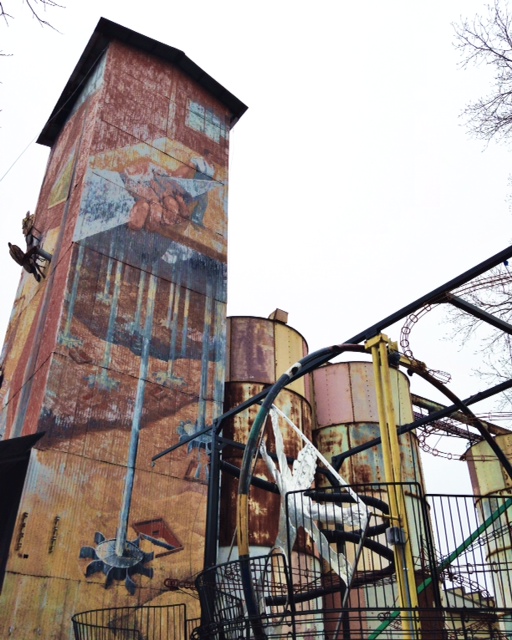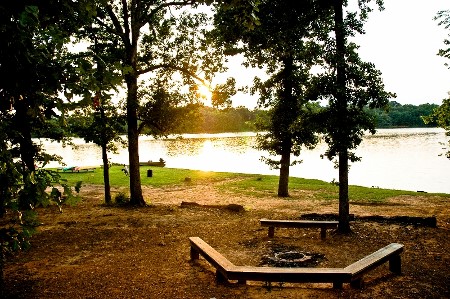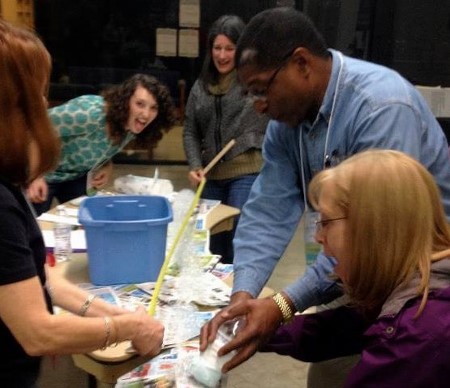How to have a great day at a museum? Step into your kid’s (lunar-powered) shoes.
/
This post was written by Abigail Kutlas, who studies Learning Sciences at Northwestern University. This summer, Abigail is a museum intern and researcher in Washington, DC. Her research focuses on family engagement and accessibility for children with intellectual disabilities.
What would you invent to help someone see differently? Ask an eight-year-old and a thirty-eight-year-old and you’ll get very different answers.
When we posed this question to our visitors at the hands-on, maker-space-esque exhibit I work in, the youngest patrons were fountains of innovative ideas. They drew elaborate lunar-powered shirts, shorts, and shoes so soccer players could practice at night. They wanted to make a virtual reality headset so you could see information about your favorite constellations just by looking at them. One jokester even sketched carrots.
The answer I got nearly every time from grown-ups? Glasses. Nothing special or new, just glasses, like the ones perched on my own nose.
Something similar happens when I watch kids sit down at a table with an open-ended prompt, like “How can you project an image onto a screen?” They start by sifting through every available material, and they work until they’ve found two or four or ten solutions, often using every Lego in sight. And most of the answers they come up with make sense, because they intuitively understand that lenses and light, in some combination, will help them reach their target.
Meanwhile, their parents often turn to me within seconds of sitting down and ask, “What’s the right answer?”
I don’t fault grown-ups for thinking like this. It’s a combination of what our traditional education system has taught us to value and the many hats we wear when we take our kiddos out into the world: timekeeper, taskmaster, bathroom-runner, and above all, expert. Each of those roles is important at times, but for a museum experience that lasts in the minds of all family members, I wish parents could check most of their hats at the door when they walk in.
The best advice I can give to adults visiting any museum with children is to be 25 percent grown-up and 75 percent kid while you’re there.
Go ahead and use your advanced fluency skills and big vocabulary to make sense of the information given on plaques and signs, but then assume your role as a kid and just enjoy it.
On your day at the museum:
- Ask questions with the assumption that there are no right or wrong answers.
- Talk about connections between what you’re seeing and anything (literally, anything) it reminds you of.
- Don’t feel obligated to see every single thing in every exhibit. Let your and your kids’ natural interests tell you where to linger, which exhibits to race through, and which to avoid.
- When you discover something new or are confused, stop and pay attention to those feelings. Discuss them with your kids. In other words, model the fact that learning is a lifelong process.
I see our youngest visitors do most of these things naturally, and it enhances their learning and overall experience when they see their grown-ups behaving this way too.
As museum professionals, we have theories upon theories about how to engage your children, but in the end, you spend every day with them and have so much more influence over their experiences than we ever can. We do our best to facilitate experiences that will be meaningful to kids and stick with them. But when parents let go and learn to walk through the museum like their kids do—with boundless imagination, curiosity, and amazement—that’s when the truly lasting impressions happen.
That’s also when parents and kids have the most fun!
Abigail Kutlas


















